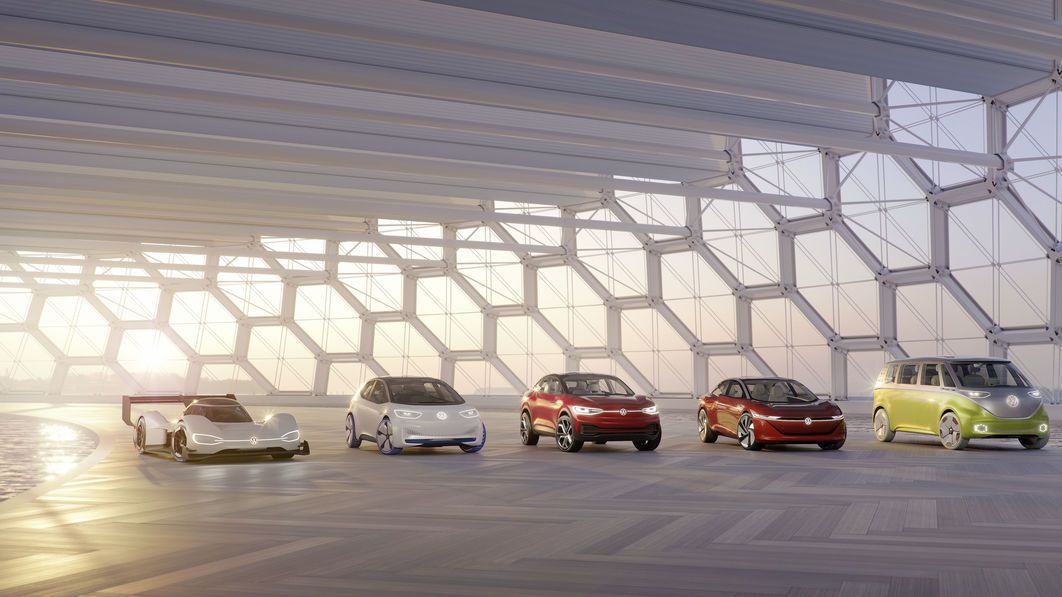Charged Up
Wait, Volkswagen has a history of electric mobility? There’s probably not much to tell yet, some might think. But the reality is somewhat different: Volkswagen began conducting research into purely electrically powered vehicles back in the early 1970s
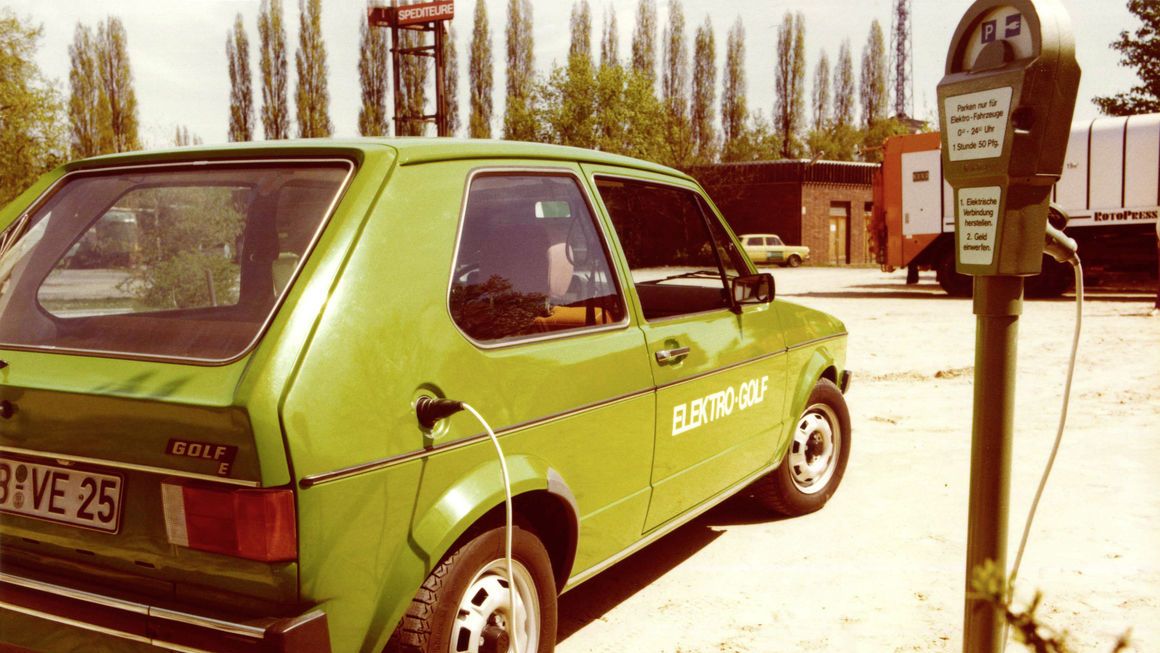
1972: The pioneer - T2 Elektro Transporter
The first fruit of this research work was a T2 Transporter in 1972. The project was developed in conjunction with Bosch, Varta and RWE. The Elektro Transporter was powered by a DC motor fitted in the rear of the vehicle and delivered a continuous power rating of 16 kW (22 hp). Lead batteries were used as the power source. They were fitted in the floor of the vehicle and weighed 850 kilograms - more than a Beetle at the time. Due to the necessary reinforcement given to the floor assembly and chassis, the T2 Elektro Transporter weighed in at a good 2.2 tons. Volkswagen built this T2 as a production model over a period of several years in a total production run of about 120 vehicles, available with various bodies.
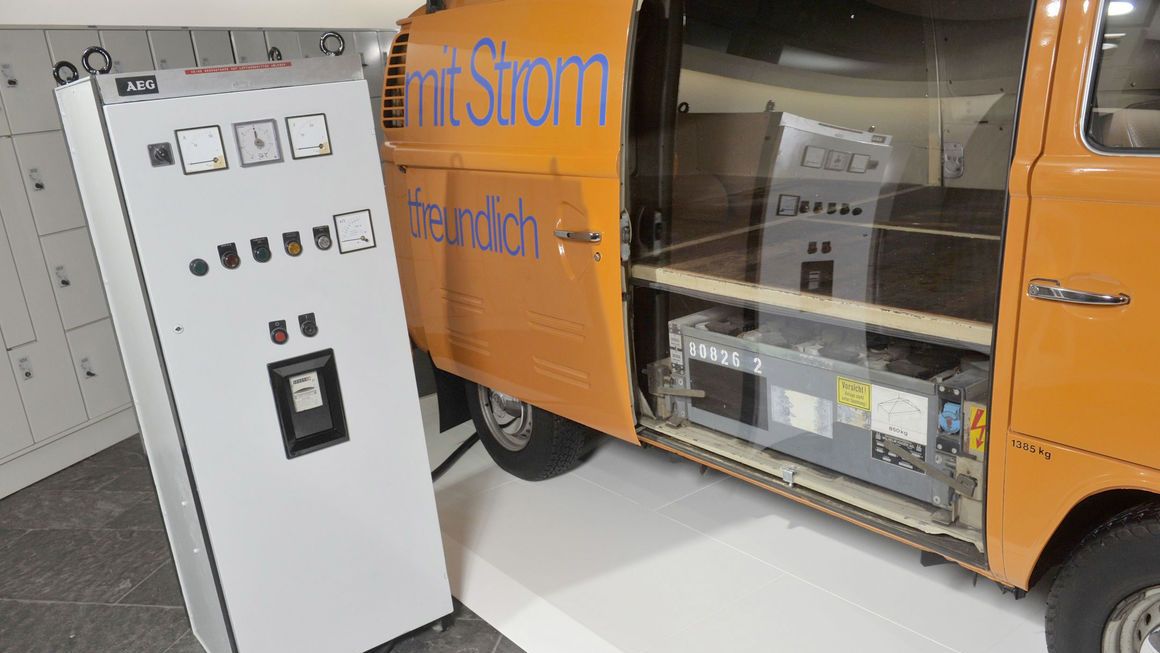
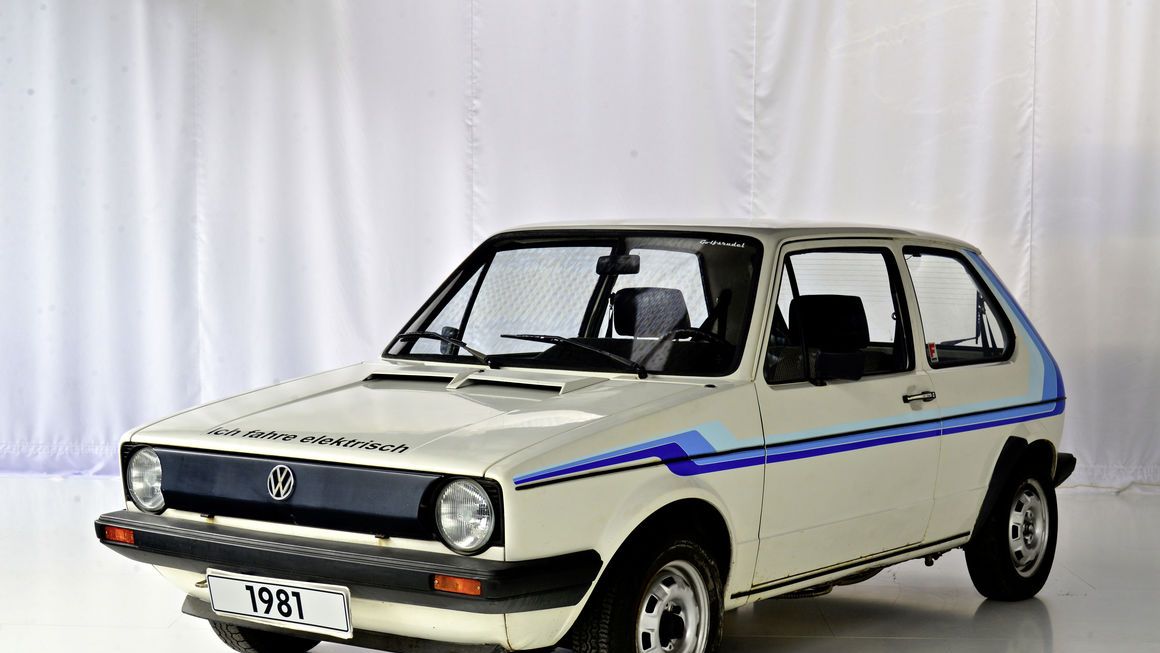
1976: The driving force - Elektro Golf I
Just two years after the debut of the Volkswagen Golf, the bestselling compact car was already being built with an electric drive system. However, the project launched in 1976 involved just a few test vehicles, built in response to the oil crisis that had only recently been overcome and a growing awareness of the scarcity of oil reserves. Technically, the first e-Golf was really simply built: in place of the 75-horsepower petrol engine was a DC electric motor mounted on the production four-speed gearbox. An on-board charger made it possible to charge the 16.6-volt lead batteries via a normal 220-volt plug socket, which took around twelve hours.
1981: Silent in the city - Golf I CitySTROMer
Based on the Elektro Golf I, this pilot project was produced in conjunction with GES ('Gesellschaft für elektrischen Straßenverkehr', or the Electric Road Transport Corporation), a company established by the utility company RWE. Twenty CitySTROMERs were initially trialed in a fleet test and were also used privately by RWE employees. A total of around 25 vehicles of this type were built as part of a small-scale production run. The CitySTROMer is considered one of the first electric vehicles suitable for everyday use. The car had room for four people and weighed in at one and a half tons with its lead batteries. Its range was around 60 kilometers; with recharging it could cover around 100 kilometers per day.
1985: The white fleet - Golf II Citystromer
The second generation of the CitySTROMer was based on the Golf Mark II and was unveiled in 1985. The technology already tried and tested on the previous model was largely used for the drive system. The charging cable was located behind a small flap in the radiator grille. The CitySTROMer II was also a vehicle completely suitable for daily use, built in a small-scale production run of 70. These were initially reserved for the well-known energy producers for testing purposes. The CitySTROMers were mainly used in the area of customer service to gain further practical insights into how they performed in everyday use. The cars were subsequently sold on to private individuals.
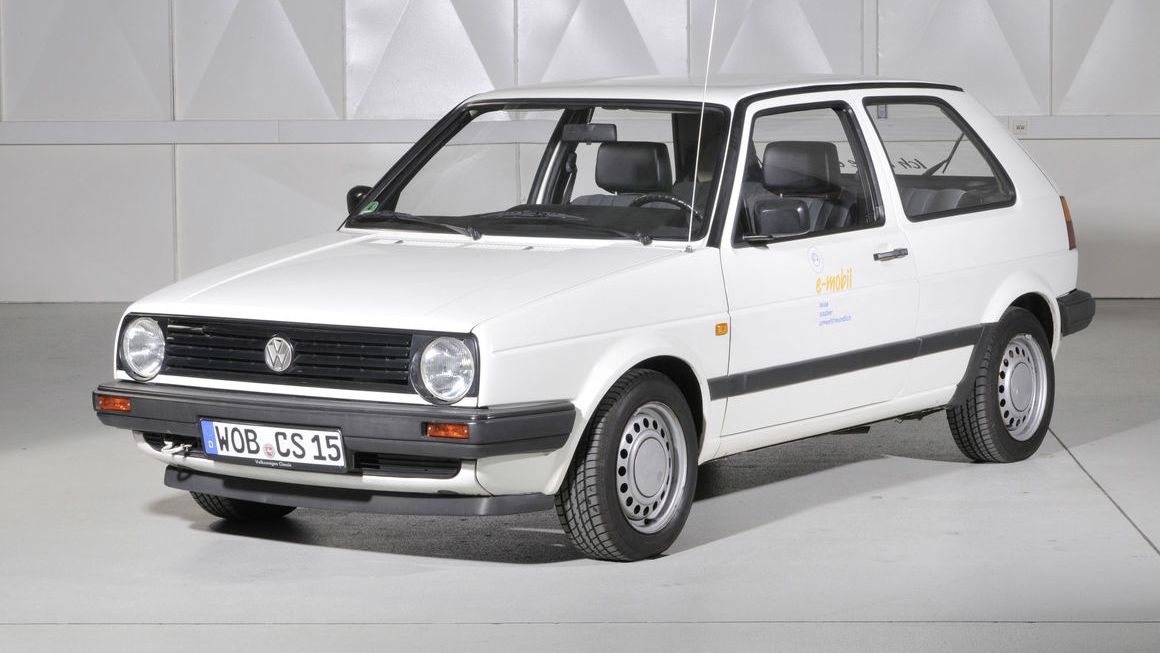
1993: A step forward - Golf III Citystromer
When the Golf Mark III was released, a new version of the electric car was built in collaboration with Siemens and was available to purchase for the first time in 1993. A total of 120 cars were built until 1996. Ranges of up to 90 kilometers were possible on city journeys at a constant speed of 50 km/h - a remarkable figure back then. It took one and a half hours to charge the battery to 80 percent. Even though the CitySTROMer was capable of achieving only a fraction of the efficiency levels of modern electric vehicles, mainly due to the storage and charging technology available at the time, the innovations such as braking energy recuperation - now standard throughout the industry - nonetheless command respect. Through 1996, a fleet of Golf Mark III CitySTROMers and T3 electric transporters successfully completed a challenging real-world test as part of the "Rügen Trials" conducted on the Baltic Sea island.
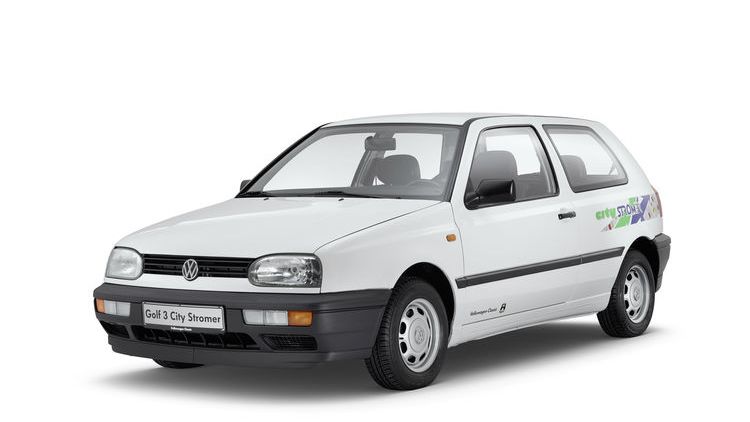
2010: The next generation - Golf VI Blue-e-Motion
The Golf Blue-e-Motion unveiled by Volkswagen at the Berlin e-mobility summit in 2010 marked a real quantum leap in terms of range and driving performance. The vehicle is based on the sixth generation of the Golf and was built in a preproduction run as part of a fleet trial. Compared with its electric predecessors, the Blue-e-Motion symbolizes the dawning of a new era of emission-free driving at Volkswagen: with state-of-the-art lithium-ion technology, recuperation mode for recovering braking energy, three different driving profiles for controlling the vehicle's dynamism and range, and a quick-charging system using a high-voltage current, this prototype anticipated many of the innovative features later found on the current production e-Golf*.
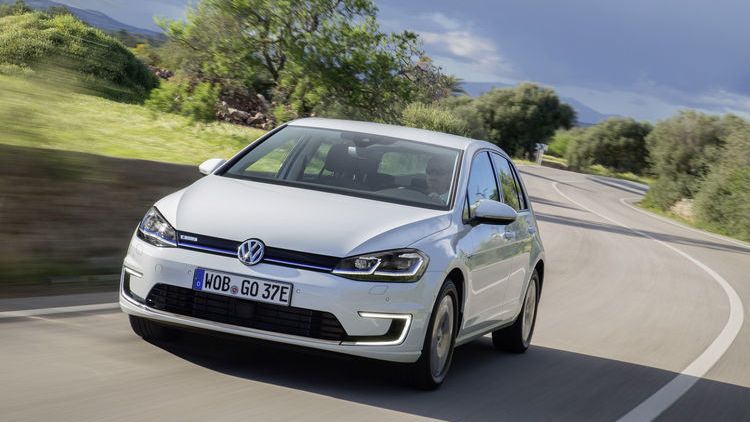
2013: Zero emissions in series - e-Golf
The e-Golf based on the Golf Mark VII is the first mass-produced Volkswagen model with a purely electric drive system. Its powerful synchronous electric motor delivers 270 Newton meters of torque as well as commanding performance on the road. Like the drive system, the lithium-ion battery is an in-house development and is fitted in the floor of the vehicle to save space. The power source can be charged to 80 percent of its capacity in just 20 minutes at a charging station equipped with the CCS (Combined Charging System). When the Golf VII model was updated, the e-Golf was also overhauled: its range is now up to 300 kilometers, while the electric motor is now capable of producing 136 horsepower (100 kW). The torque and acceleration figures were also improved.
2020: The new age - the ID. family
Volkswagen is entering a new automotive age with the ID. family. This is the first time the brand is putting a model family on the road that runs exclusively on electricity. The product range extends from compact ID.** to SUVs such as the ID. CROZZ** up to the ID. BUZZ**, the reinvention of the legendary Bulli. The all-electric, fully connected I.D. models will begin to hit roads in 2020. The ID. R Pikes Peak*** shows the entire fascination of electric mobility: developed specifically for the famous mountain race Pikes Peak International Hill Climb, the race car set a new all-time record in the summer of 2018 and was even faster than the classic race cars with a combustion engine.
